
8 minute read
The Magic of Wild Things A Conservation Message
The Magic of Wild Things
Advertisement
Written by the Animal Care Team at Wild Things, Inc. Photographs by @evanbdudley and Wild Things, Inc.
There is a magic that happens in the eyes of a child when they see a wild animal up close for the first time. Imagine the wonder of seeing a red-tailed hawk swooping overhead, a kangaroo hopping by, or a lemur leaping through the air. It’s one of the gifts that we experience every time we at Wild Things visit children with our wildlife programs. Now imagine these same children not only being excited to learn the fascinating stories of these amazing animals but also building love and respect for wildlife.
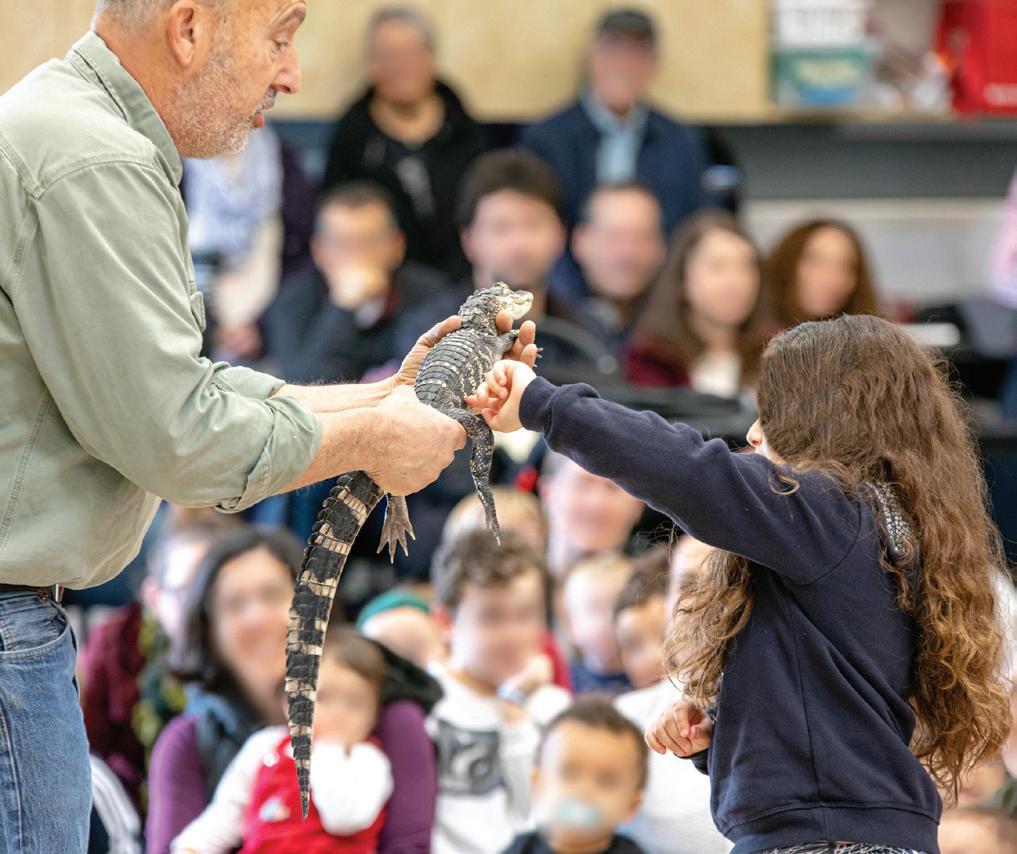
Wild Things was incorporated in 1987 for two fundamental purposes. One, to provide a home for animals in need of help, and two, to provide an educational experience for audiences of all ages in Northern California. Each animal at our center has a unique history, whether it’s a native animal whose injury keeps it from being rehabilitated back into its natural habitat, or an exotic (non-native) animal that was formerly part of the illegal pet trade.
In our wildlife programs, we bring the animals to you and utilize their personal stories to teach natural history, unique adaptations, and a conservation message. For example, 27 years ago, Tawny, our red-tailed hawk, was found with a shotgun injury to her left-wing. A caring family scooped her up and took her to the raptor center at UC Davis, where they were able to save her life, but not able to give her full flight back. Because of her calm demeanor around people, they decided to find her a permanent home. At the recommendation of US Fish and Wildlife, she was sent to Wild Things to be an ambassador for her species. It’s remarkable for us when sharing this bird
Left: Gabe Kerschner, director of Wild Things with Larry, the Baby Alligator. Photo by @evanbdudley. Above: Gabe Kerschner, director of Wild Things. Photo by Wild Things, Inc. Right: Archimedes the Great Horned Owl and Flower the Striped Skunk. Photo by Wild Things, Inc.
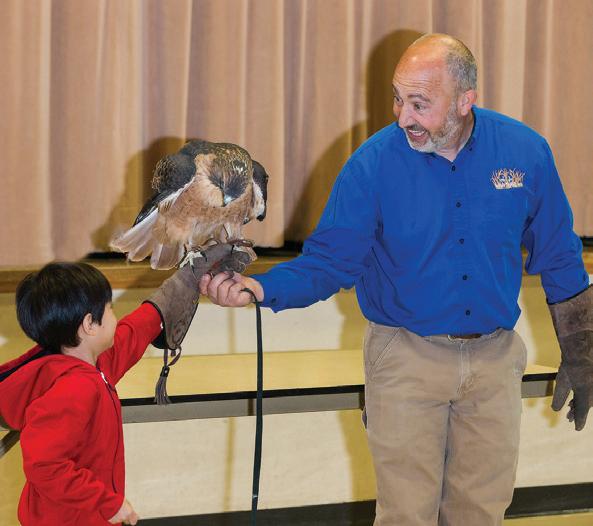
to see the kids’ knowledge, understanding, and empathy grow when meeting her. What’s astonishing is the number of students who have no idea that these beautiful raptors live right alongside us.
Wild Things offers a variety of programs. Each program includes a different group of animals and covers various topics. Topics include: North American Wildlife, which includes the magnificent bald eagle; Beasts of the Backyard covers animals that live alongside us in Northern California; Scaly Wonders consists of a variety of reptiles. Other topics include The Amazing Amazon and Animals of the World. There is something for everyone.
A new member of the Wild Things family is named Darwin. He is so much like you and me because he has opposable thumbs, but he also has an opposable big toe! Like us, he is a great problem solver, is inquisitive, likes to play, and even has a belly button! As you might have guessed, Darwin is a monkey--a weeper capuchin monkey to be exact. He was unfortunately taken from his mother at a young age and became a victim of the illegal pet trade, purchased by a celebrity in Los Angeles. He became well known on Instagram, where California Fish and Wildlife found him and luckily confiscated him. Because he could not be released back into the wild, we committed to giving him a caring home, where he enjoys time with other capuchins, especially a 50-year-old female, Hobo, who acts as his surrogate mother.
In today’s world, a kid’s life can be more about video games and concrete than hiking and playing in the creek, so meeting an emissary from the natural world is an exciting, emotional way of building connections and developing understanding. Only with an appreciation for nature, will the children of today love and protect our world, and drive change for good.
We at Wild Things believe that this vital message does not have to be gloomy and can be shared in a fun-filled and energetic experience that we bring right to your school, library, or private event. Working with these magnificent creatures is our pleasure, and sharing with children and adults of all ages is our privilege. Please call 530-878-2618 or email wti@ wildthingsinc.org for more information or to schedule a program. Mention you saw us in Growing Up Chico.
We look forward to seeing you!
As a non-profit that depends on outreach education programs to support our animals, the COVID-19 virus has been hitting us hard. We had to cancel all programs scheduled for the near future. If you would like to support the care of our animals by donating, you may do so at https://www.conservationambassadors. org and click donate (Conservation Ambassadors is our umbrella organization). Thank you for your support!
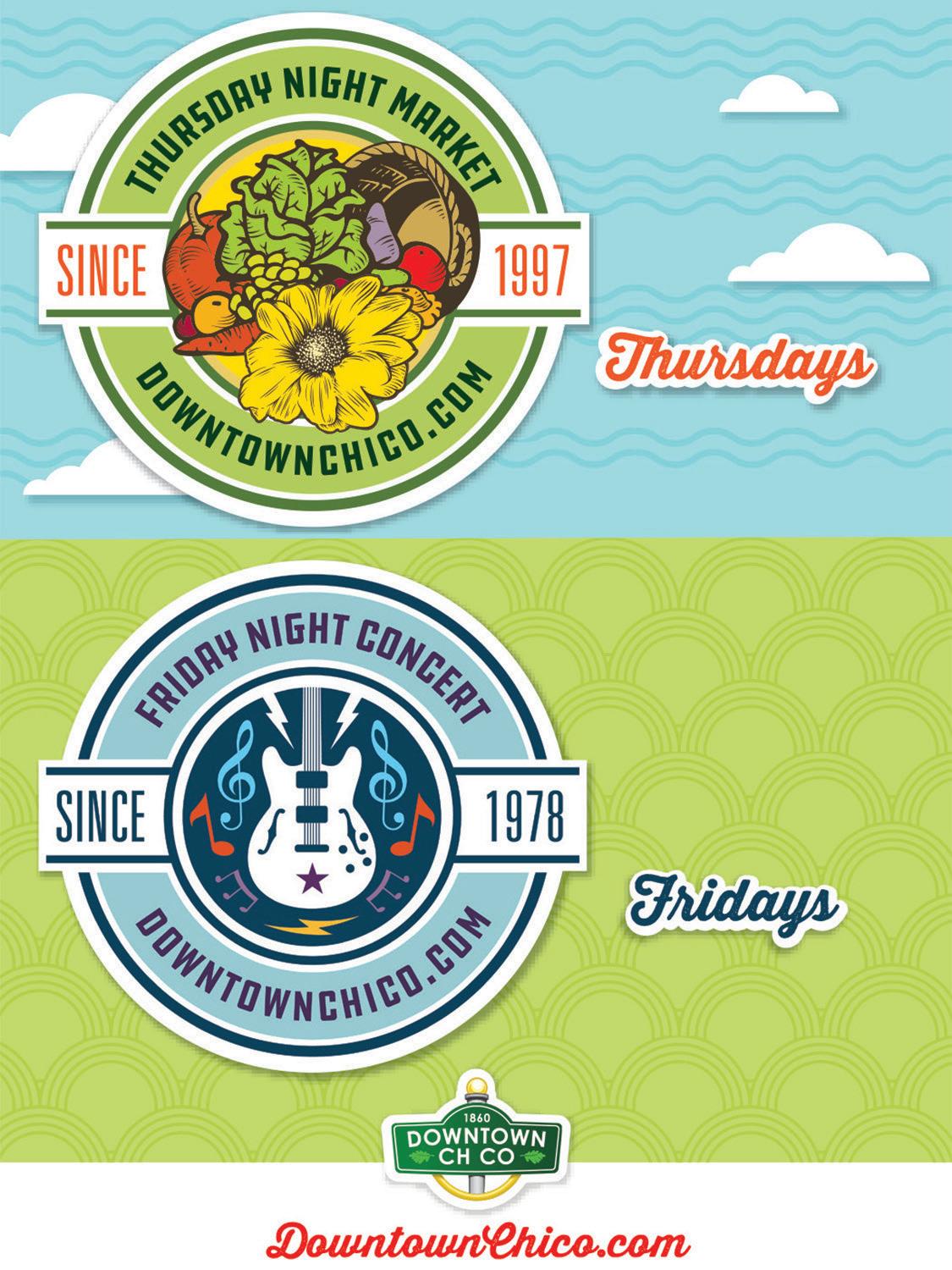
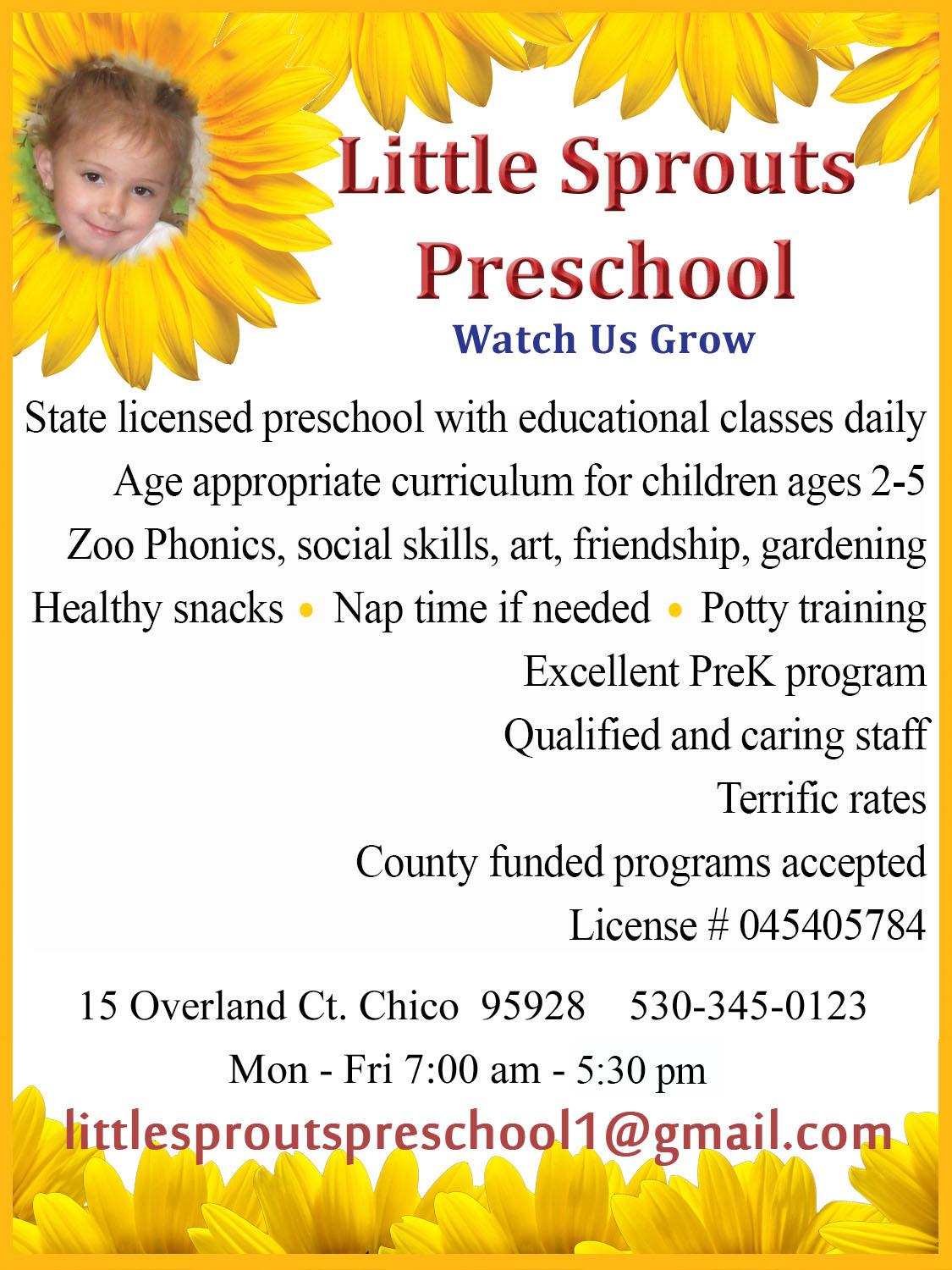
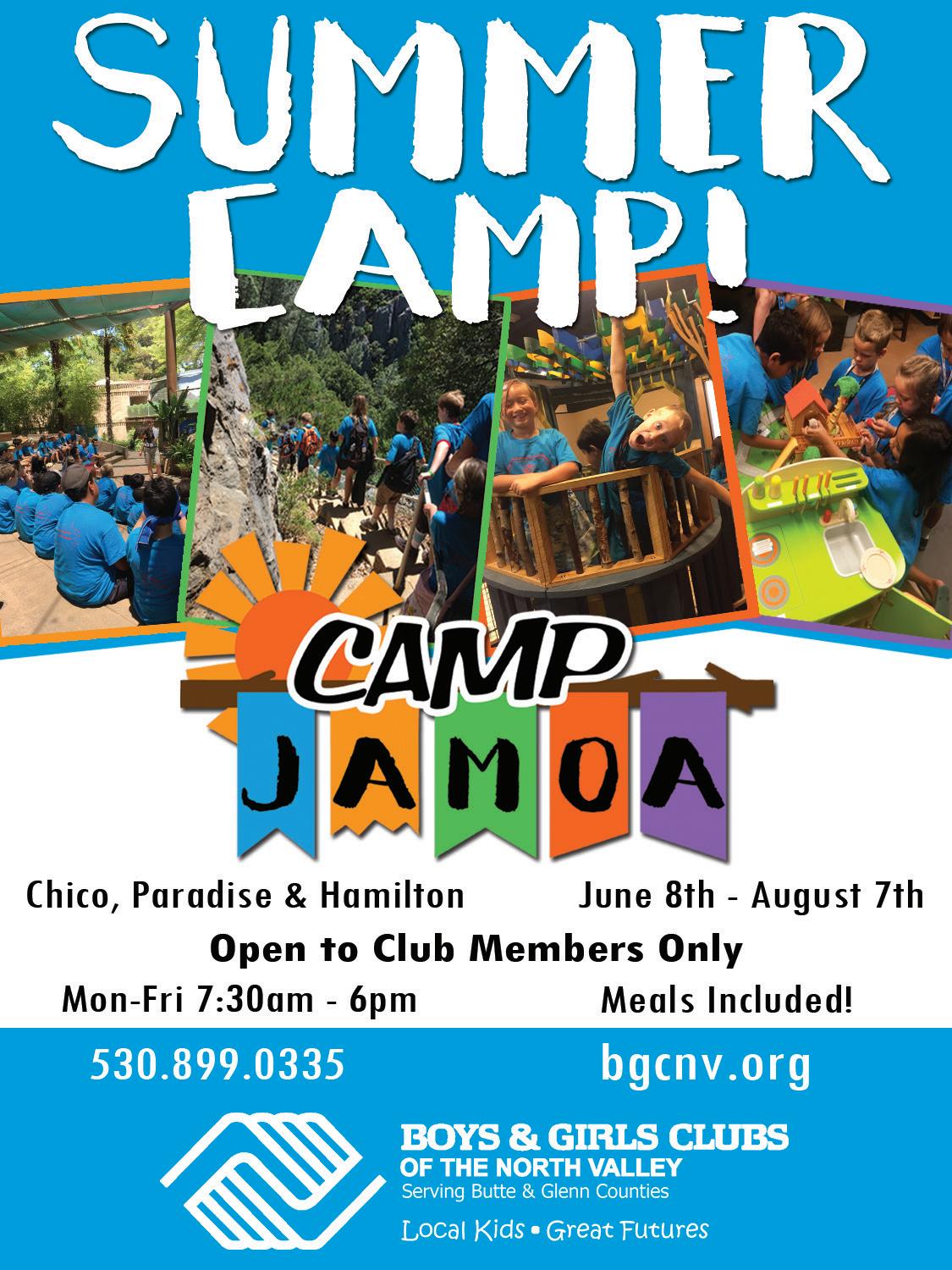

Even if you are just hanging out at home with the kids, playing in the backyard, these tips can help you and the kids stay hydrated, cool, and safe this summer. By Jessica Briggs
KEEP YOUR FAMILY HYDRATED:
Drink early. By the time you get thirsty, you may already be dehydrated. Drink enough. According to the American Academy of Pediatrics, a child of about 88 pounds should drink 5 ounces of cold water every 20 minutes. Children and teens around 132 pounds should drink 9 ounces of cold water every 20 minutes. One ounce is equal to two kid-size gulps. 5-8 years old – 5 Glasses or 1 Liter 9-12 years old – 7 Glasses 1.5 Liters 13+ years – 10 glasses 2 Liters Drink at a moderate temperature. If it is too cold, although at first, it tastes refreshing, the extreme cold makes it difficult to drink an adequate amount. Drinks to Avoid: Avoid caffeinated beverages (sodas, iced tea). Caffeine can cause you to become dehydrated quicker.
More Suggestions:
• Bring water bottles. Use refillable water bottles if you are at home or a place where you can refill. • Freeze water bottles to use as ice packs instead of additional ice packs. • Make fun ice cubes using silicone molds to make drinking water fun for little ones. • Look for kid-friendly drinks with electrolytes. There are a variety of options to help replenish electrolytes, especially if you are spending more time in the sun and exerting extra energy. • Find drink packets that are easy to carry and cut back on the number of drinks you have to take with you. Drink packets are easy, just add to water.
Signs of dehydration: Headache, Nausea/vomiting, overly tired, Dizziness/passes out.
KEEP YOUR FAMILY SAFE:
What to bring to the pool, beach or lake: Sunscreen, sunglasses, hat, towel, life-jacket. Goggles – If you are frequently swimming, goggles help your eyes from getting irritated. Water Shoes – When the temperature is over 100 degrees, the cement can be scorching. Water shoes can also help protect your feet when at the lake or beach. First Aid Kit – Most public pools or swim parks have first aid kits, but it is always a great idea to carry one just in case. Baby Powder – Have you heard of the beach hack of using baby powder to help remove sand? We tried it at the beach, and it WORKS! I wish I would have taken a video. The boys had sand all over their hands and in between their fingers. So, we poured baby powder on their hands, they rubbed them together, and the sand came right off. The baby powder also helped repel the sand until they were wet again. Pop-Up or Umbrella – If you are heading to the beach or lake for the day, it is a great idea to take a pop-up tent or umbrella to help stay out of the sun for at least part of the day.
KEEP YOUR FAMILY COOL:
SNACK IDEAS TO HELP STAY COOL
My kids can power through Otter Pops, so here are some other ideas that I find to keep them from coming in for that 3rd and 4th one. These are all easy-to-make snacks that the kids can help make too. • Frozen Yogurt: You can purchase Gogurt, but you can also freeze yogurt in silicone molds; it’s fun and easy. You can also dip fruit in yogurt and freeze it. • Frozen Grapes: My boys love snacking on frozen grapes. • Frozen Fruit Kabobs: My kids love eating anything on a stick. With the frozen fruit, I find the kids eat it slower, and it fills them up—put slices of fruit on a skewer and place on a cookie sheet lined with parchment paper. • Freeze bananas and turn them into banana ice cream! No other ingredients necessary, just frozen bananas. You could add in things if you like (Nutella, Peanut Butter, Mini Chocolate Chips). Slice the banana, put slices on a cookie sheet lined with parchment paper. Once frozen, blend in a Ninja blender or Food Processor. Then place back in the freezer to firm back up. • Homemade Smoothies: My boys love coming up with smoothie ideas, and I love sneaking in spinach when I can with frozen pineapple, they don’t even taste it. • Homemade Popsicles: You can use frozen fruits blended with apple juice. You can use yogurt and fruit mixed in. My boys love juice from canned fruit with a little apple juice in Popsicles. There are a ton of ideas on Pinterest for homemade Popsicles. • Sprite & Gummy Bear Popsicles: This is not the healthiest idea, but fun for at least once during summer. Fill a Popsicle mold with Sprite to the fill line and drop in 5-8 gummy bears. The kids love them.
I love summer and spending the summer days poolside, at the beach or lake. I hope you find these tips helpful even for everyday summer activities like playing at the park, hanging out in the backyard, or while out tossing the football around. Remember to stay hydrated and have some yummy snacks to help you stay cool.









